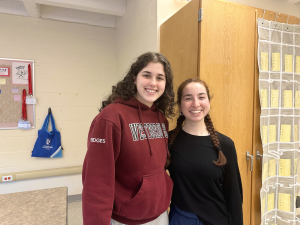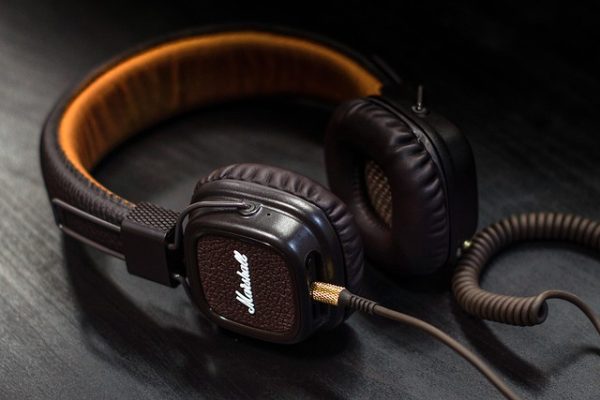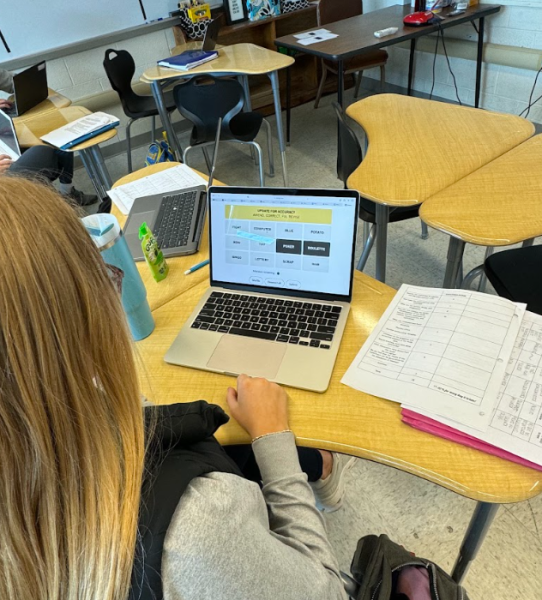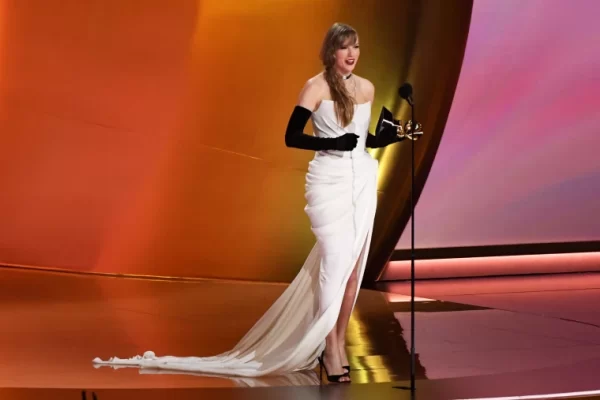1917: A Gripping Instant Classic
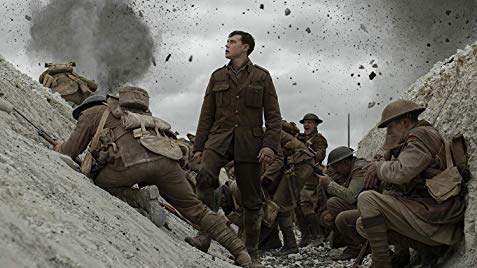
March 12, 2020
Ryder Rasmussen ’21
Before its release in late December of 2019, 1917 was getting a ton of hype and Oscar buzz. It seemed everybody was super excited to see this movie, except me. I’d seen trailers for it and it looked very well-made and that it would probably do well at awards, but at that time I wasn’t really interested in watching a war movie. War movies aren’t usually my thing, not that I have anything against them, they’re just not my go-to genre. But after having seen 1917, I really regret not seeing it when it initially released because I loved this movie!
This movie follows two British soldiers, Lance Corporal Schofield and Lance Corporal Blake who are sent on a mission to deliver the message that an upcoming attack, which will inevitably kill over 1,000 British soldiers, has been canceled. To add to their pressure of getting that message in on time, Blake’s brother will be in that attack.
One of the main selling points of 1917 is the fact that it is filmed and edited to look as though it was shot in one take. The idea of one shot movies sounds very gimmic-y, but here it is very effective. It helps to intensify a character’s feelings and the danger of the situation they’re in. It is also very effective in putting the viewer in the action that these two young men find themselves in.
Every gunshot fired at these two soldiers makes you feel as though you need to dodge these bullets too. The one-shot technique also develops this sense of real time, providing a greater sense of danger and making you feel more connected with these characters. In addition, there are so many powerful, emotional scenes and amazing action sequences. Without a doubt, 1917 would not be the movie it is if it had been filmed and edited in a traditional style.
While this movie isn’t actually filmed in a single two-hour take, the takes for each individual scene could last up to eight minutes according to filmmakers behind 1917. These scenes all required months of preparation and rehearsing.
The set design is also incredible. Some scenes simply follow the two soldiers as they walk through these long drawn out trenches. The crew actually had to put these trenches together and make sure they were big enough in order to film eight minute scenes of two guys walking through them. And since a lot of this was not filmed on any kind of set, a lot of natural lighting had to be used, which is incredibly difficult to match up from scene to scene. It is crazy to think about how challenging the scheduling must have been for the entire crew and cast; and how easily the weather could interfere with an entire day of production. It makes my mind spin in circles just thinking about all the variables that play into the making of this film.
The performances from George MacKay and Dean-Charles Chapman are incredible. While Chapman is a great actor and amazing here at getting an emotional response from the audience, MacKay for certain carries this movie with his performance. I’m really surprised neither one of these actors were even nominated for Best Actor or Best Supporting Actor at the Oscars considering what they pull off in this movie. While the best part about 1917 is the one-shot technique, the performances certainly shouldn’t go underappreciated.
I definitely want to see this movie again at some point. It’s a lot to take in on a first viewing, and I mean that in a really good way. It’s also a movie that will make you reflect on everything it had to offer after seeing it. Overall, I loved the journey this movie took me on, I’m so glad I didn’t skip out on this movie and if you missed this one, I would definitely recommend catching this at some point!



